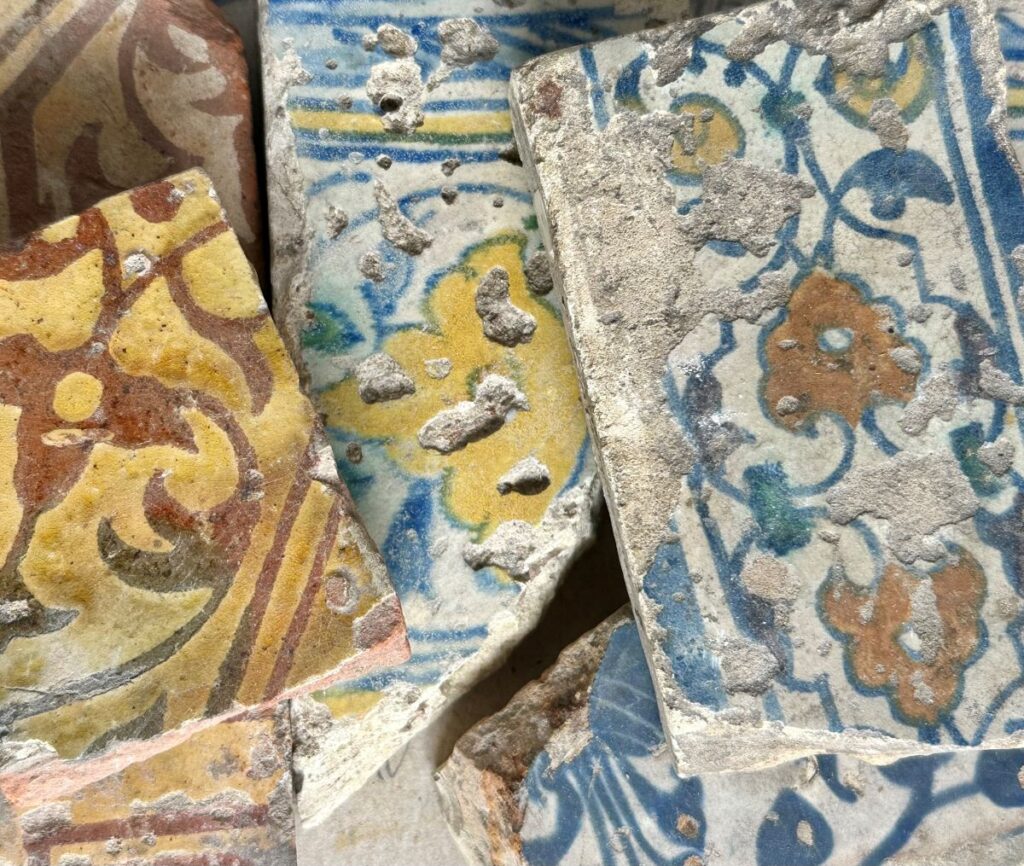
As a genre, tiles are not so exceptional, at least not where I live. In the Low Countries—I’m from Bruges and now live in Ghent—they seem to decorate every house. When buildings are restored or a wall is demolished, fragments of tiles end up in the debris, and, starting when I was eleven years old, I’d take them home with me as souvenirs. Every week I bicycled around Bruges, searching for construction sites, and being very excited when I found an undamaged tile. Soon I had a small assortment of shards, whole tiles, and broken ones—fragments of pots, too. I hung them on my bedroom walls and laid them out on tables, which is what I still do at home and in my studio. Eventually I ended up with around two thousand antique tiles, from Delft to Iznik, with most of them stored in boxes. A few years ago, though, when I changed houses, I sold off about half of my collection. They’re so difficult to move. I still have the first two tiles I ever found, probably made in Antwerp or Bruges in the late sixteenth or early seventeenth century. One of the earliest tiles I own was made in Siena, in 1504 or 1509, for the Santuario Casa di Santa Caterina.
My Bible is Dingeman Korf ’s book Tegels, published in English as Dutch Tiles, which I found at the library when I was twelve or thirteen. Published in 1959 and reprinted several times since, it is so well written, and clearly explores the evolution of Dutch tiles, which is how I learned about a majolica producer called Pieter Stockholm, who made tiles in Ghent from about 1670 to 1680. He asked the city for help finding a building for his factory, but since he was from the Dutch Republic in the north, which was Protestant, he had to convince the officials in Ghent, which was part of the Spanish Netherlands, that actually he was a very good Catholic.
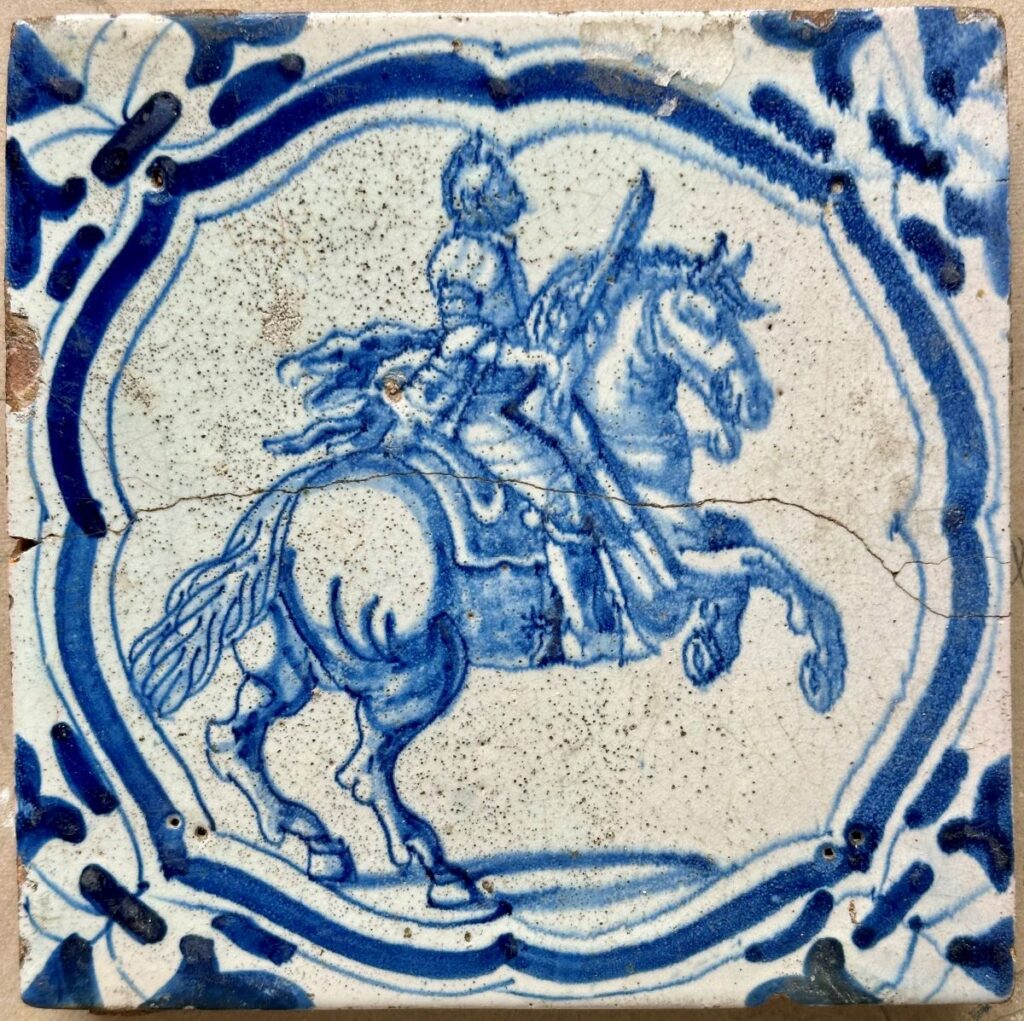
(1565–1629). It was previously in the collection of art historian Piet Swimberghe.
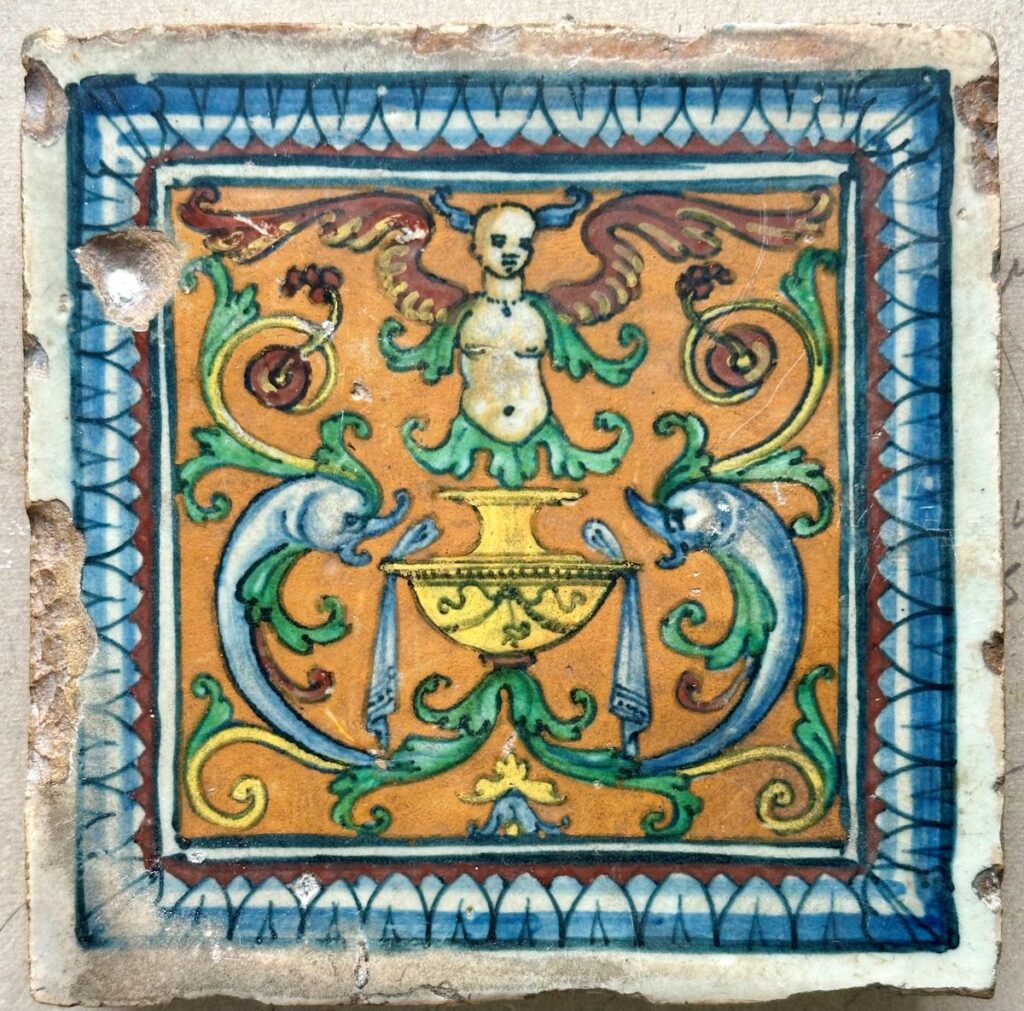
Delft tiles with windmills may be the classic image in many people’s minds, but Korf ’s book taught me that there is much more to the tiles of this region. The motifs are endless, from very simple to quite exotic. Some of mine are painted with mermaids and sea monsters, which I bought from another collector; I especially love tiles with overall patterns and those with almost abstract designs. Angèle Boddaer, my wife, is an art historian and specializes in the restoration of historic wall decorations like faux marble, sometimes reconstructing the entire decorative scheme in old buildings. She is also very inspired by tiles and prefers the Oriental ones, which is, of course, a nice coincidence.
My favorite period of manufacture is the sixteenth century, when Italian craftsmen came to the Low Countries, specifically Antwerp, and began making very colorful majolica pharmacy jars, dishes, and tiles with shiny tin glazes. Around 1620 or 1625, though, popular taste in ceramics changed, the palettes going from exuberantly polychrome to calmly blue-and-white, a refinement that was influenced by Chinese porcelain, which had become very fashionable in Europe. Very early tiles are rarely found in perfect condition, but they are still nice to have. Fragments are so inspiring. Even if they’re cracked or the glaze is worn, I can’t resist. Even the plainest tiles, the white variety made in the eighteenth or early nineteenth century for use in kitchens, fascinate me, because each is a little bit different, always irregular, and has a slightly different tone, almost like marble.
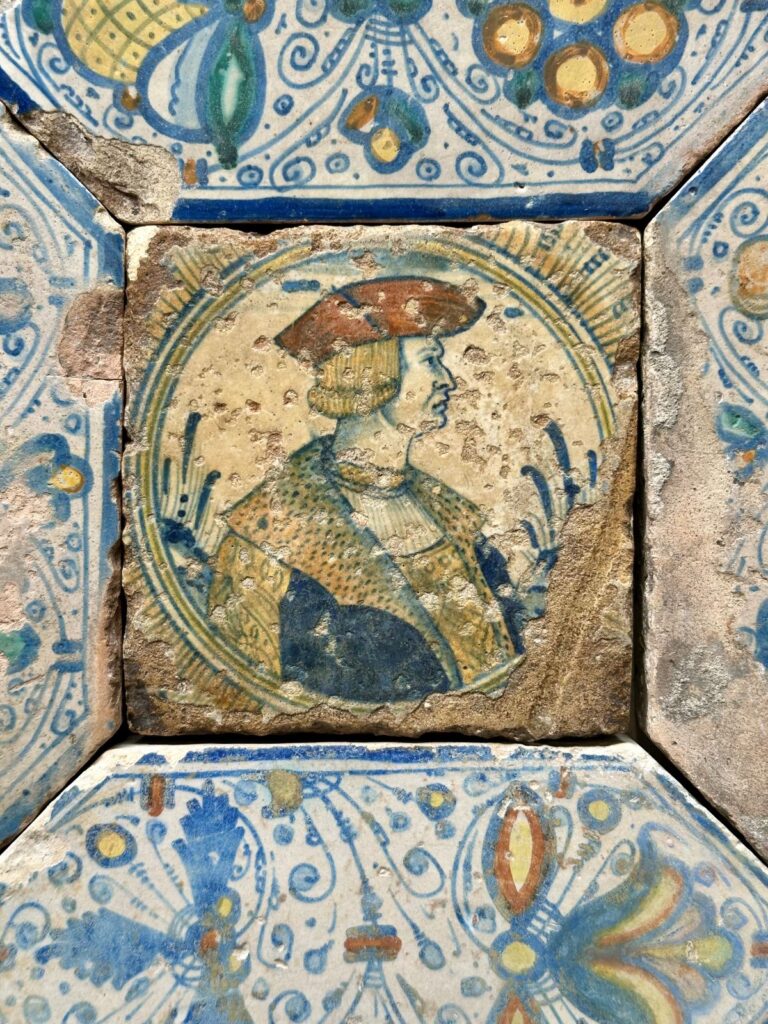
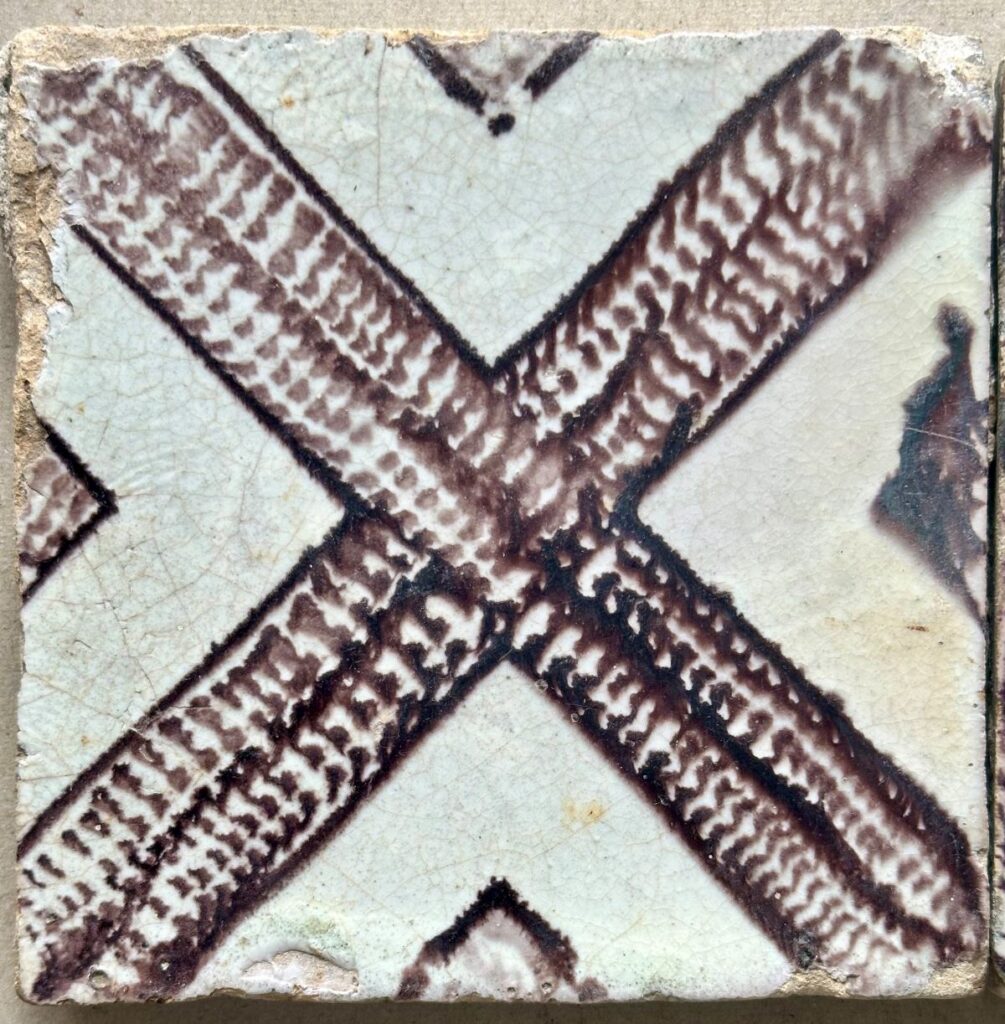

Finding an old tile on my own, in the wild, is always better than seeing one in a shop and buying it and not knowing anything more about it. One of my treasures is a fragment of the most famous majolica floor in the Low Countries, made in 1532 for Herkenrode Abbey by the Italian craftsman Guido di Savino, also known as Guido Andries. The pattern is of Asian origin but executed in Italian Renaissance style and made in northern Europe—and it was found sur place. Provenance always makes collecting more interesting, when I know what building a tile came from or who owned the tiles before me and how they had been displayed by a previous collector. Another pleasurable aspect of collecting tiles is their scale, normally thirteen by thirteen centimeters, a little more than five inches square. They’re intimate objects; when you find one, you don’t need a shopping bag, because you can often just slip it into your pocket. Tiles are small, but each one contains a whole world: the history of manufacturing techniques, the hand of the maker, how the patterns and motifs represent trends of the moment, even the political situation of the time.
Tiles are the reason I became interested in architecture and ornamentation when I was young. That led me to studying art history and archaeology at university, falling in love with old buildings, and painting interior scenes, some factual and others fantasies. Without a childhood spent hunting shards, I honestly don’t think I’d be doing what I do today.
Kramer Kunst and Antiek antique-tileshop.nl
Léon-Paul van Geenen Art and Antiques antiquesdelft.com
Martyn Edgell Antiques Ltd. martynedgell.com
Regts Delft Tiles regtsdelfttiles.comSolar Antique Tiles solarantiquetiles.com

